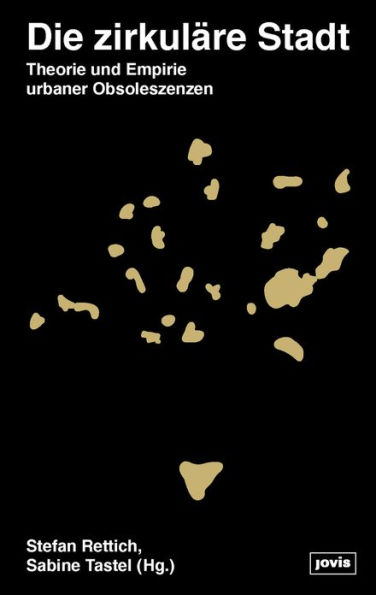Die zirkuläre Stadt: Theorie und Empirie urbaner Obsoleszensen
From department stores to barracks and churches, urban buildings regularly fall out of use as a result of societal changes. However, the driving forces behind these urban obsolescences have thus far not been systematically investigated. As a result of the global trends of digitalization, the mobility transformation, and changes in religious behavior, there is currently significant pressure to identify new uses for a wide range of different building types. These buildings represent a key resource for the circular development of growing metropolises, for affordable housing and uses that serve the common good, for more resilient neighborhood design that is better adapted to climate change, and for the increasing number of new functions now being carried out in our cities. Last but not least, this existing building stock is also a resource for the new infrastructures necessitated by the mobility transformation and the shift to renewable energy.
1143776188
Die zirkuläre Stadt: Theorie und Empirie urbaner Obsoleszensen
From department stores to barracks and churches, urban buildings regularly fall out of use as a result of societal changes. However, the driving forces behind these urban obsolescences have thus far not been systematically investigated. As a result of the global trends of digitalization, the mobility transformation, and changes in religious behavior, there is currently significant pressure to identify new uses for a wide range of different building types. These buildings represent a key resource for the circular development of growing metropolises, for affordable housing and uses that serve the common good, for more resilient neighborhood design that is better adapted to climate change, and for the increasing number of new functions now being carried out in our cities. Last but not least, this existing building stock is also a resource for the new infrastructures necessitated by the mobility transformation and the shift to renewable energy.
35.99
Pre Order
5
1

Die zirkuläre Stadt: Theorie und Empirie urbaner Obsoleszensen
208
Die zirkuläre Stadt: Theorie und Empirie urbaner Obsoleszensen
208Hardcover
$35.99
35.99
Pre Order

From the B&N Reads Blog
